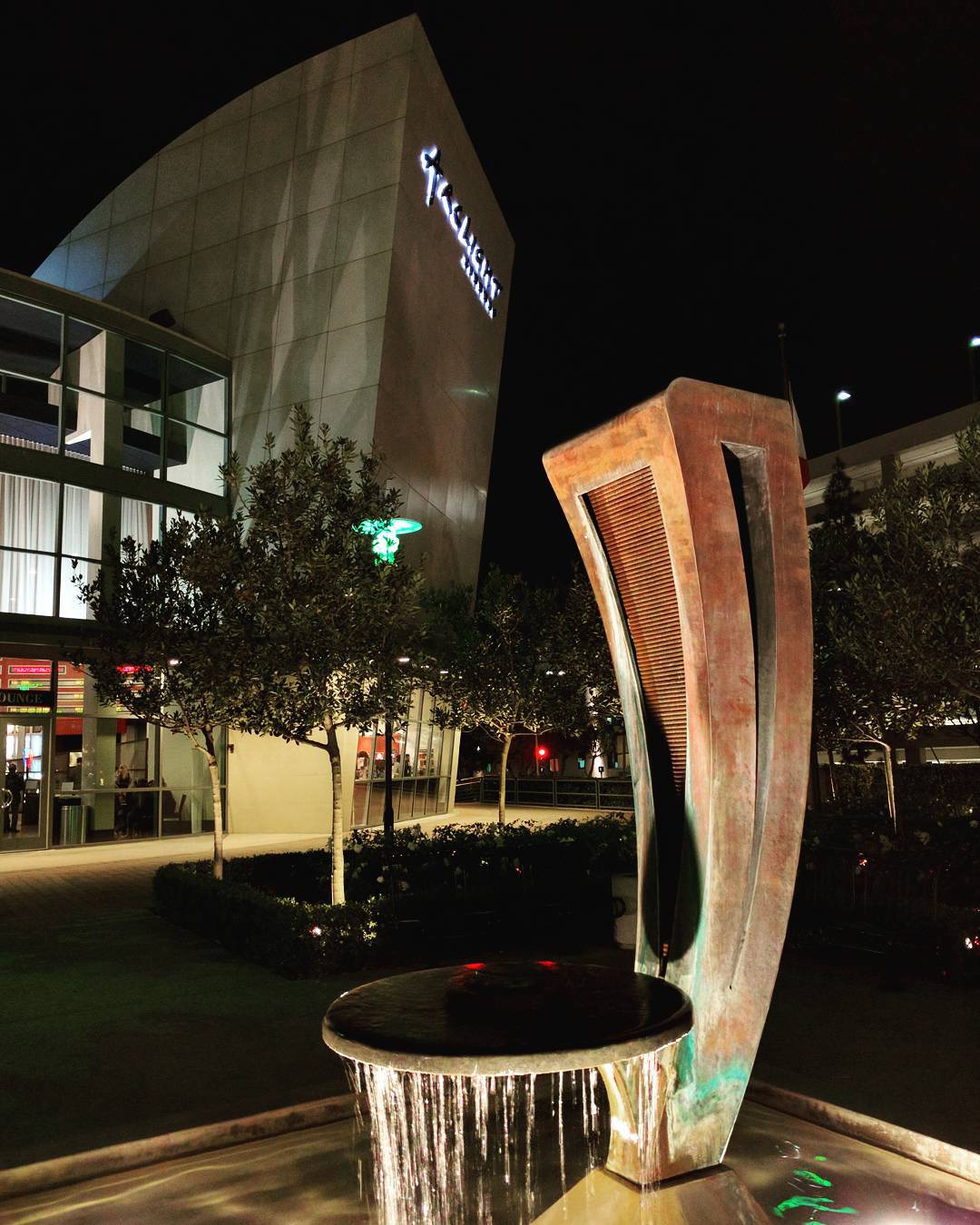
Arcs and light at the Arclight.
Archiving my Twitter, Facebook and other social network activity

Merry Christmas from the man in red who can visit houses all over the world in one night.
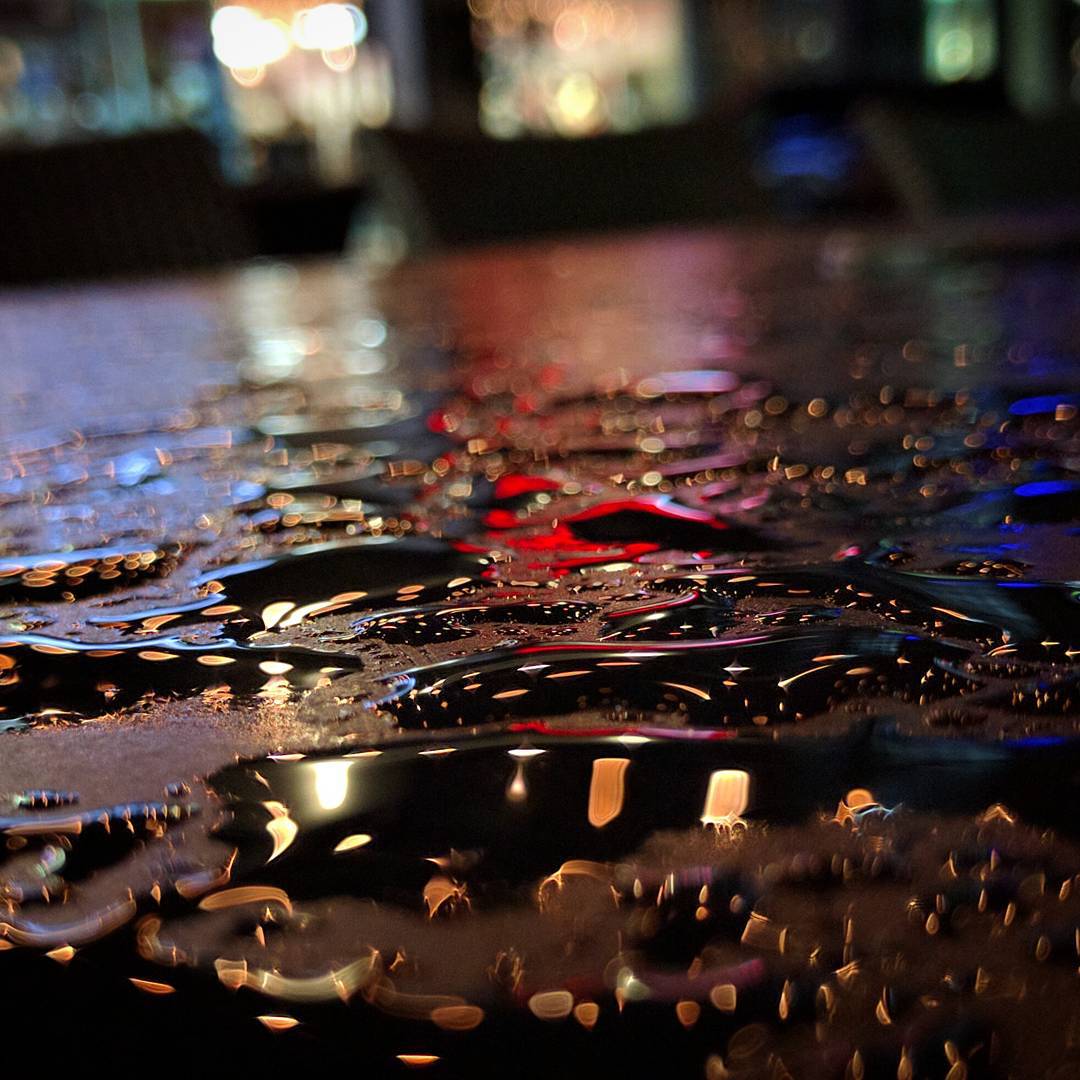

Gingerbread house
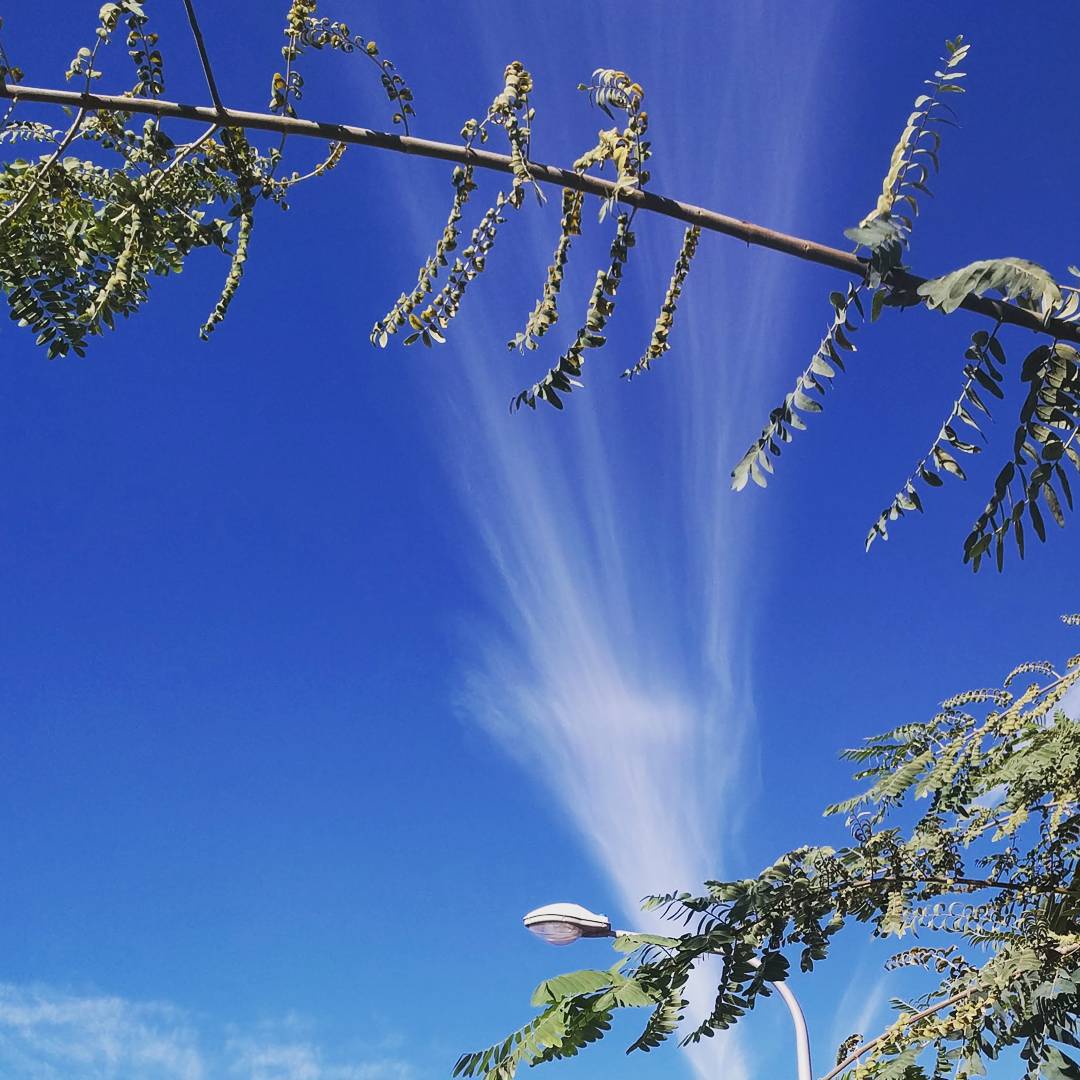
Possible halo fragment. The bright line across the cloud was very straight and right at the elevation of the sun, where you’d expect to see a parhelic circle. (Autocorrect wanted first “pr helicopter” then “pathetic.”) #halo #cloud #parheliccircle

See how everything fits together.
#whpthelittlethings #gears #toys
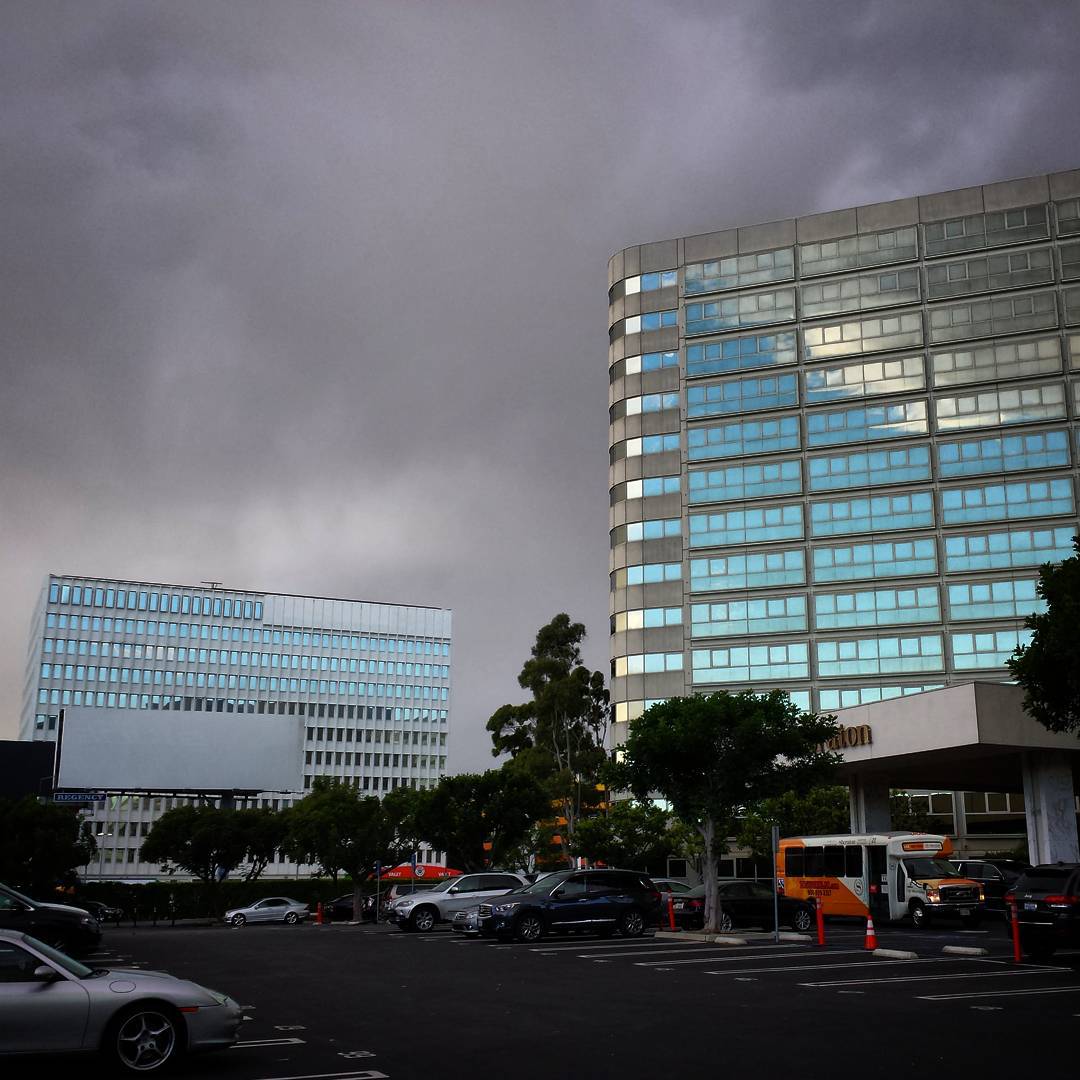
Photo taken at: Los Angeles, California
Gloom ahead, bright blue sky reflected from behind. The rain started about 5 minutes later.
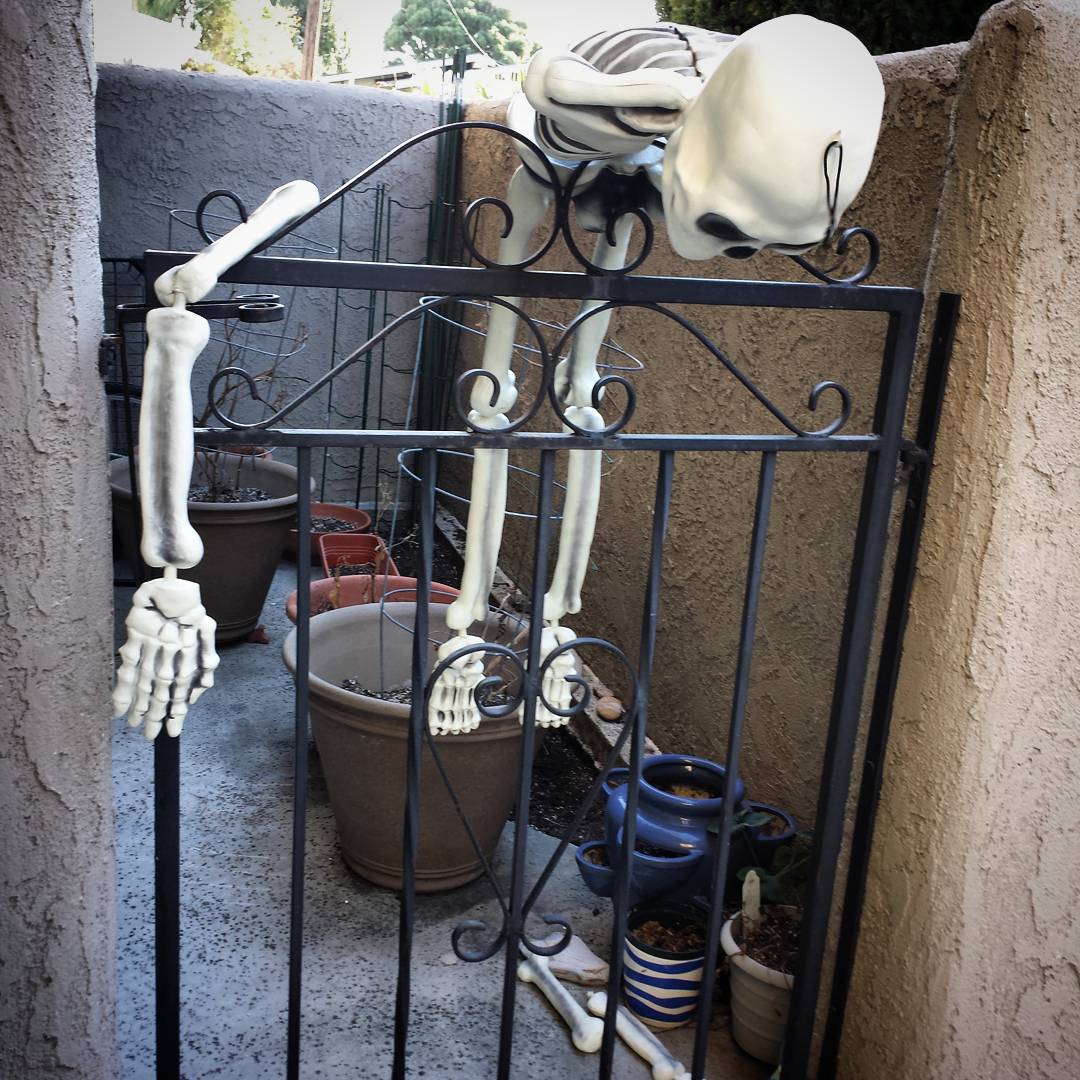
Almost made it… #halloween #skeleton
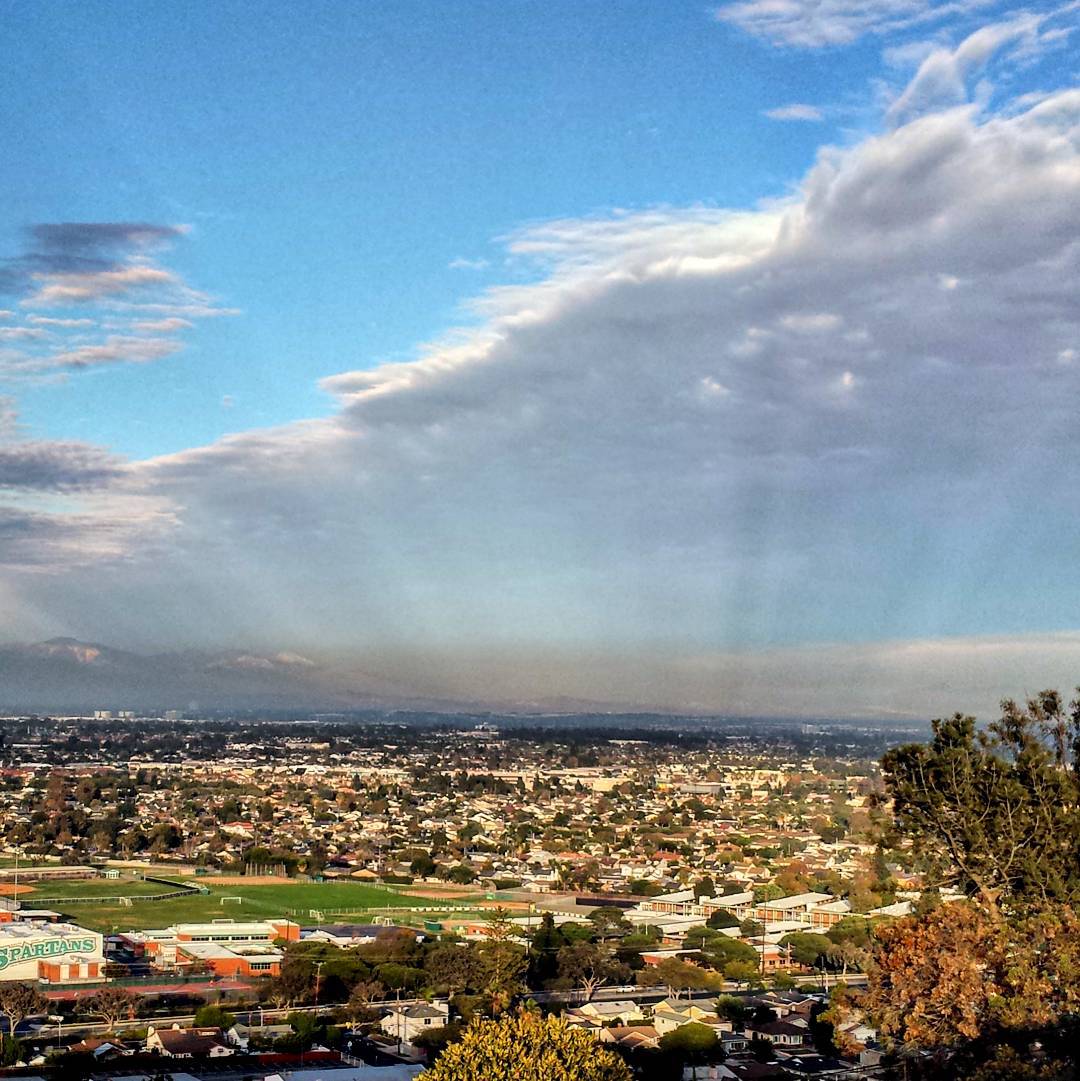
Photo taken at: Los Arboles Park
todo: post as a follow-up to “Rays from the Anti-Sun!”
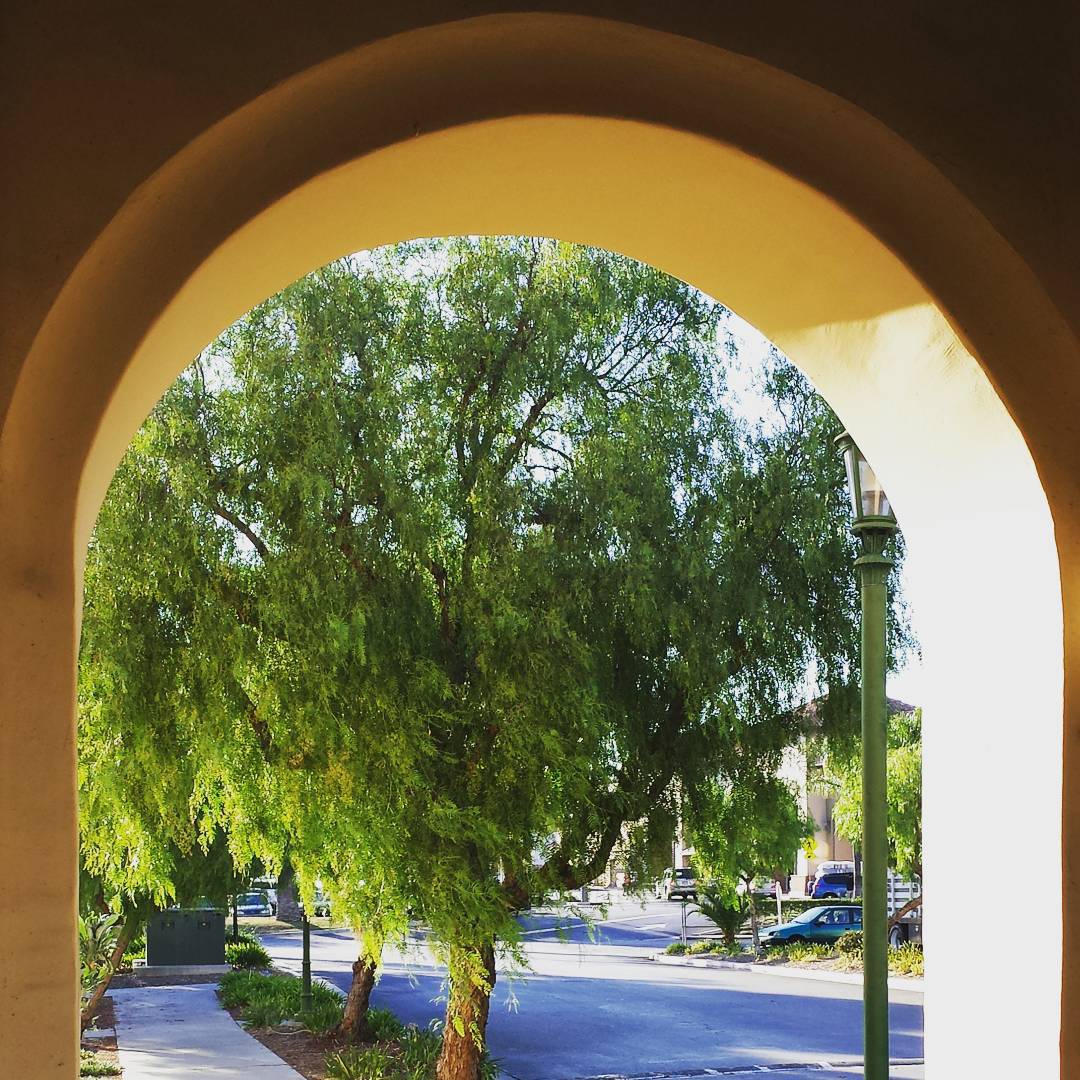
Through the archway.
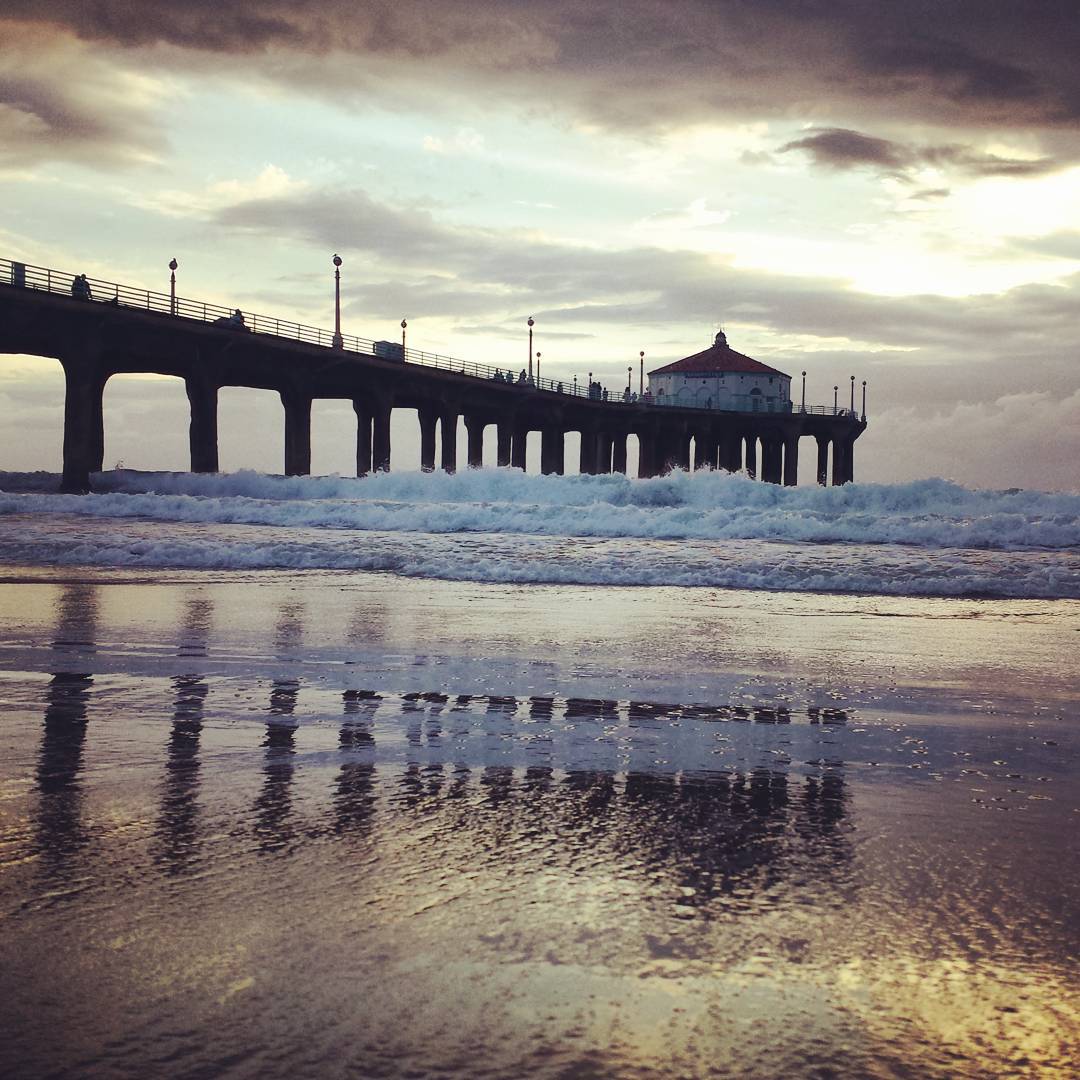
Photo taken at: Manhattan Beach Pier
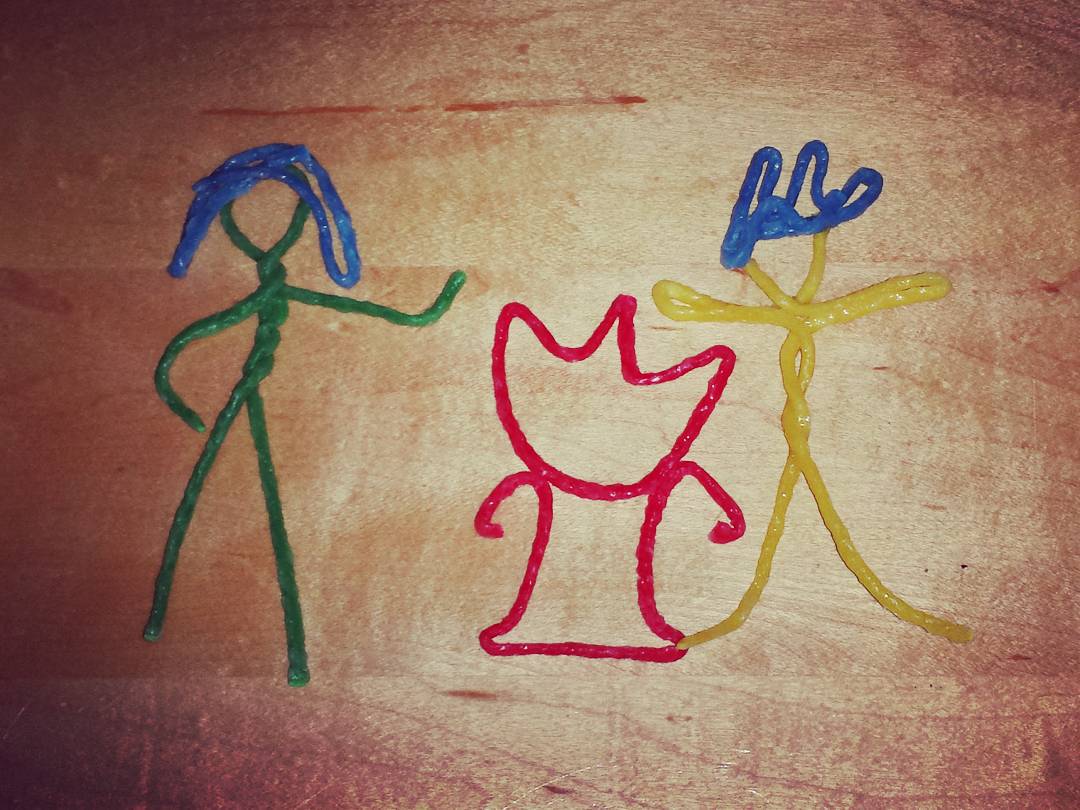
Hmm, I’m not sure how I feel about these Wikki Sticks creations… #insideout
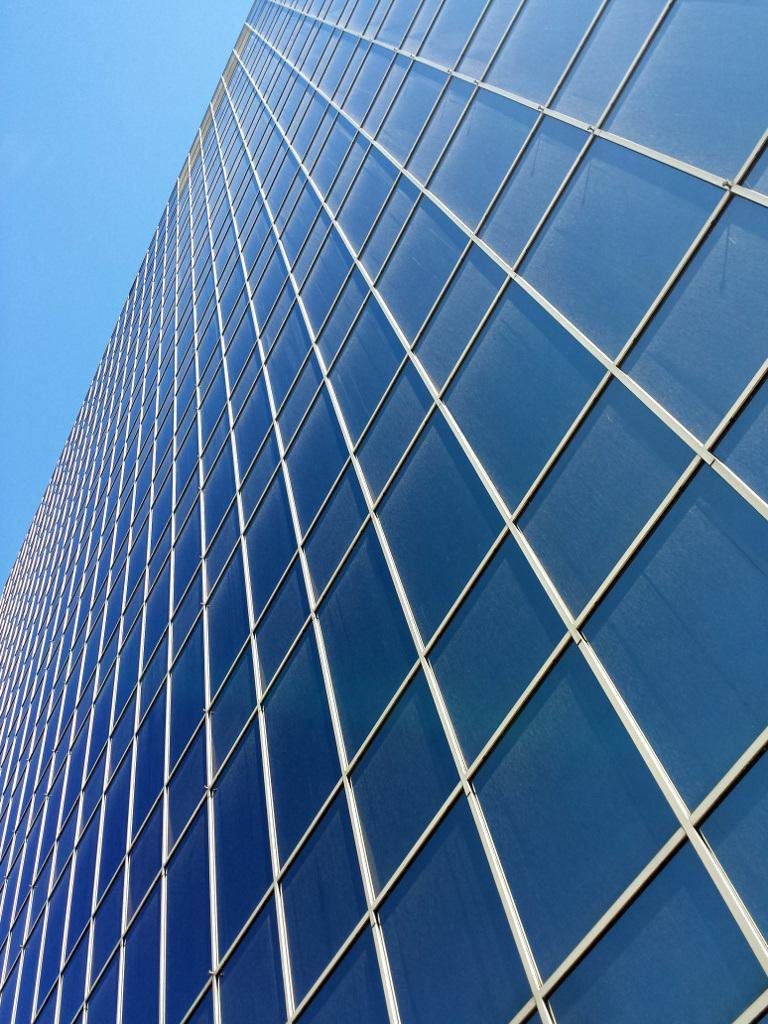
On Friday afternoons I like to take a walk around the area when on break from work. This week I went looking for grids. I noticed very quickly that grids are everywhere in a modern city.
Window grids on glass-faced buildings. Paving and floor tiles. Wall tiles in the bathroom. Ceiling tiles in the office or retail stores. Storm drain grates. The patterns of bumps on the non-slip section of a wheelchair ramp. If you zoom out, there’s the pattern of streets, all the electrical and data cables making their way around town…
…and of course the metaphorical grid that all of us are plugged into, that some of us long to get off of.
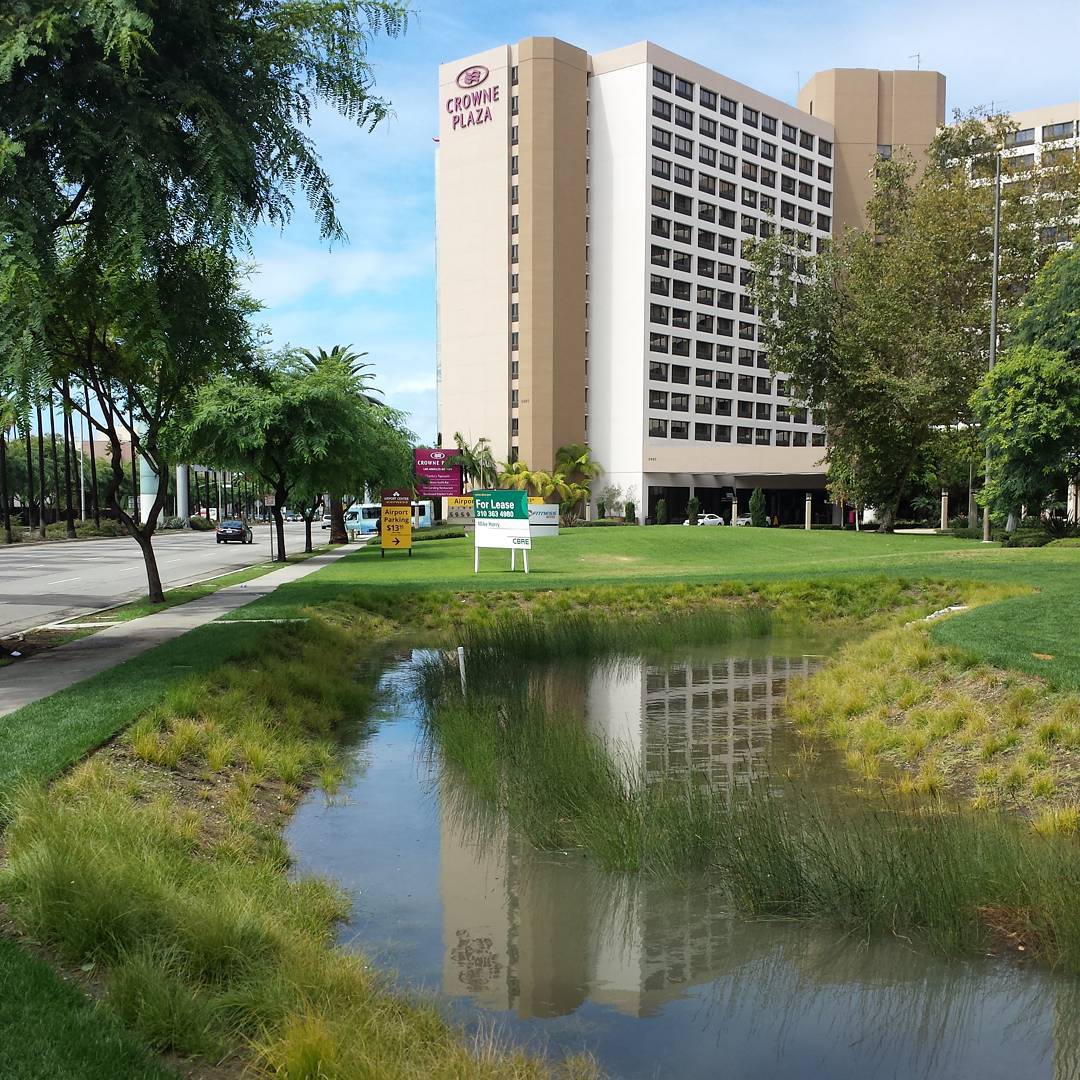
Storm water pond: Now with added storm water!
It rained pretty hard last night near home, and clearly it rained hard enough here that mud was flowing over the sidewalks, and the detention pond still had water at noon. On a related note, yes, they’re still watering the lawn too much here. At least there’s a lot less of it than there used to be before the renovation, between the hollow and all the planters full of native and otherwise less-thirsty plants and wood chips behind where I was standing. #pond #losangeles #rainwater
Photo taken at: Long Beach Comic Expo
A little light reading. #Deadpool #cosplay #longbeachcomiccon2015 #longbeachcomiccon #comics #marvelcomics #lbcc2015
Photo taken at: Long Beach Comic Expo
Every con can use some Pizzazz. #cosplay #jem #longbeachcomiccon2015 #longbeachcomiccon @longbeach_cc #lbcc2015 #jemandtheholograms